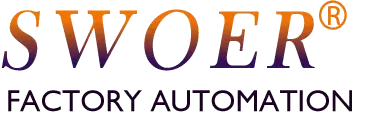A typical automated assembly machine consists of the following major modular structures:
- Machine Frame and Safety Guarding
- Description: The foundational skeleton, made from aluminum profiles or steel. It provides a rigid mounting platform. Enclosed by guards with safety interlocks.
- Function: Ensures rigidity, contains noise, and protects operators.
- Feeding and Positioning System
- Description: Responsible for delivering components to the assembly station.
- Vibratory Bowls: For feeding and orienting small, bulk parts.
- Hoppers & Pushers: For feeding delicate or tangle-prone parts.
- Linear Guides / Conveyors: For transferring workpieces between stations.
- Fixtures & Locating Mechanisms: Use V-blocks, locating pins, pneumatic clamps to ensure precise workpiece positioning.
- Actuation System
- Description: The “hands” that perform the assembly tasks.
- Electric Actuators / Slide Modules: Provide precise linear motion.
- Pneumatic / Hydraulic Cylinders: Provide fast, simple linear action.
- Servo / Stepper Motors: Provide precise rotary or positional control.
- Tooling Heads: Such as screwdriver bits, dispensing valves, welding heads, riveting tools, grippers.
- Sensing and Inspection System
- Description: The “senses” that monitor the process.
- Sensors: Detect part presence and position.
- Vision Systems: For complex recognition, positioning, and quality checks.
- Pressure Sensors: Monitor forces in press-fit operations.
- Encoders: Provide positional feedback.
- Sistema de control
- Description: The “brain” that processes sensor signals and commands the actuators.
- PLC: The central logic controller.
- HMI: The touchscreen interface for operation and monitoring.
- Electrical Cabinet: Houses breakers, relays, drives, etc.
- Pneumatic and Power System
- Description: Provides power to the machine.
- Pneumatic System: Includes compressor, filter, regulator, solenoid valves, and cylinders.
- Electrical System: Powers all motors, controllers, and sensors.
In summary, the structure of an assembly machine is a highly synergistic system where all modules work in close coordination to ensure a smooth, precise, and reliable automated assembly process.
